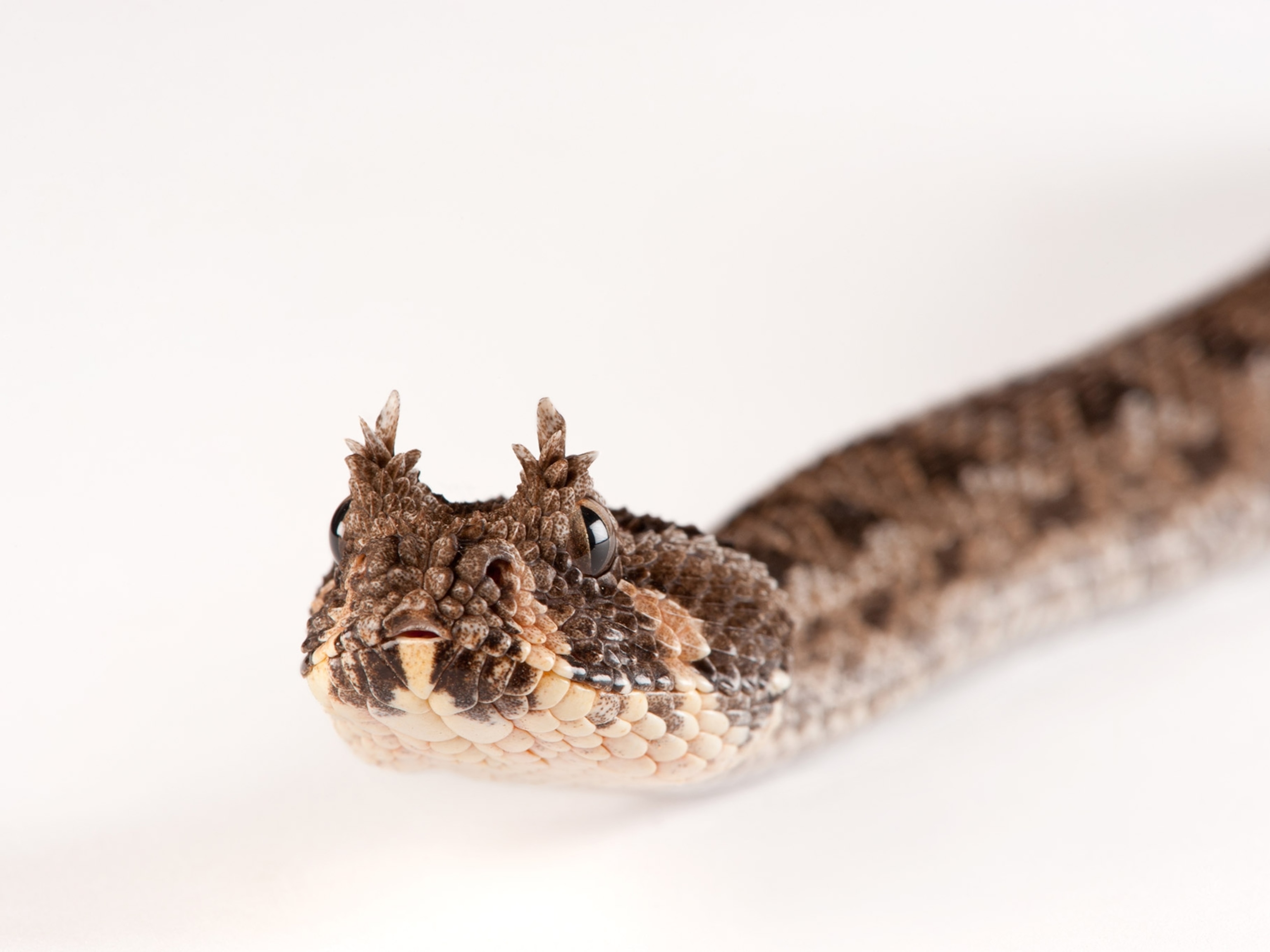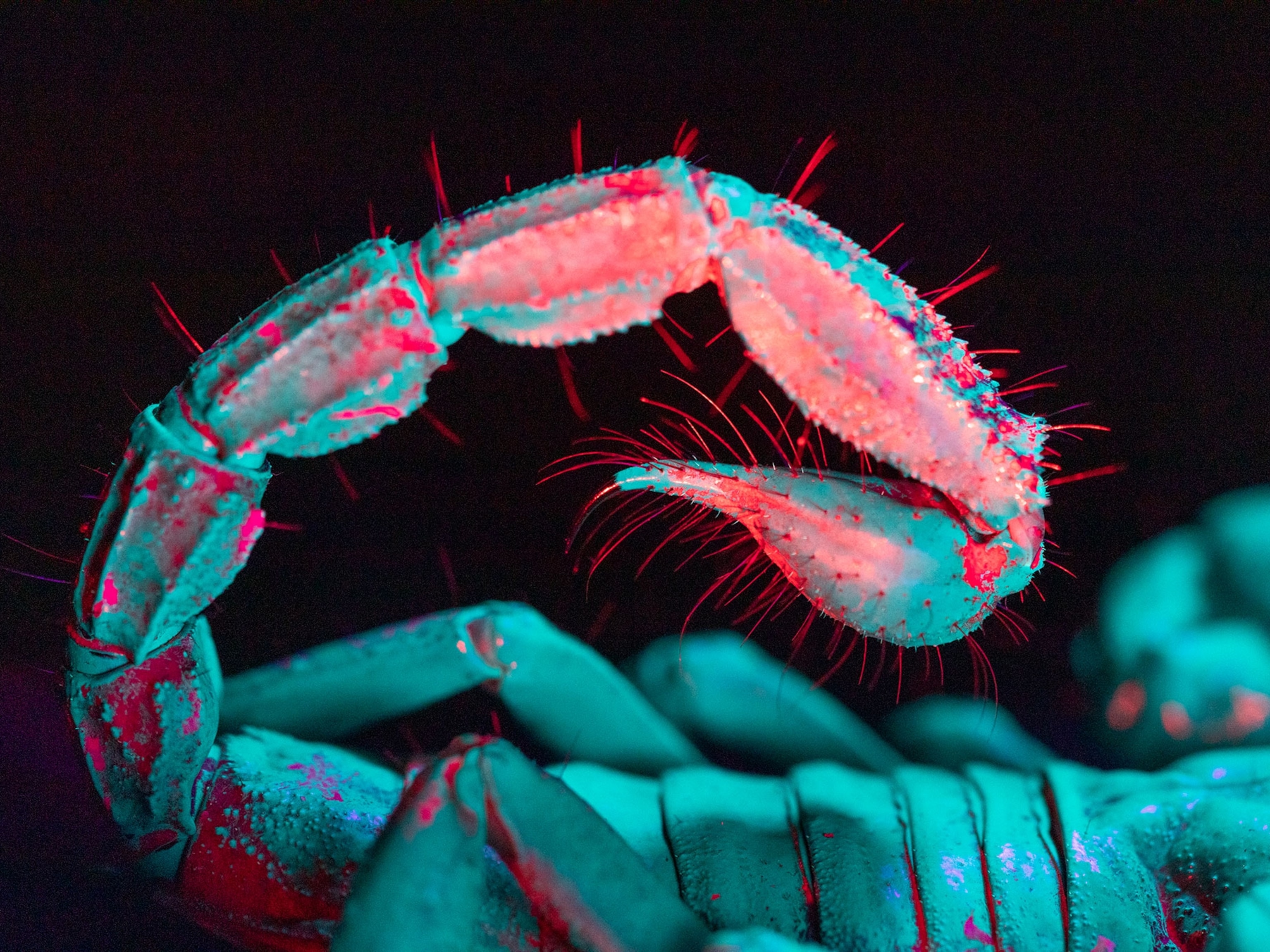Raucous Orgies Speed Up Aging in Male Snakes
A new study finds that intense reproductive competition among male red-sided garter snakes may be linked to a shorter lifespan than females.
Right now in Manitoba, Canada, tens of thousands of red-sided garter snakes are emerging from their winter dens to mate in massive, roiling throngs.
While this bizarre reproductive strategy seems like it might be dangerous for the females, who may have upwards of one hundred males trying to mate with each of them at once, a new study published this week in the Royal Society journal Proceedings B finds that it’s the males who suffer most in the long-term.
“Our results suggest that the male snakes may face a cost of such intense reproductive investment in the form of shortened telomeres, which cap the ends of chromosomes,” says Emily Uhrig, a behavioral ecologist who coauthored the study while completing a PhD at Oregon State University.
“Males have significantly shorter telomeres than females and are also shorter lived.” (WATCH: “Amazing Video: Inside the World's Largest Gathering of Snakes”)
It’s Not Easy Being Red-Sided
When red-sided garter snakes emerge each spring, they are essentially starving. This may be partly why females only stick around the mating balls for a few days before heading off in search of a meal. But for the males, the fast has just begun.
After spending more than half of the year hibernating, male garter snakes forgo food for another two to four weeks so they can be ready for females as they leave the dens. By the time it’s all said and done, the males will have gone around 8 months without nourishment.
Combine this with the fact that the males must burn up an exceptional amount of energy to out-wriggle all those other males, and Uhrig says the fellas are basically “running on empty” in a last-ditch attempt to pass on their genes.
If females were to expend the same amounts of energy that the males do, they might not have enough left over to produce eggs. This is why their bodies seem to take a more measured, long-term strategy by investing just a few days each spring toward mating and then storing that sperm for use over the next two years.
Uhrig and her coauthors also note that while females grow more fertile with age, the males’ best reproductive years occur while they’re young and fit. This may also explain why the garters’ numbers aren’t hurt by the males dying several years before the females.
As to whether these findings can tell us anything about lifespans in other species of snake, biologist Michael Redmer of the U.S. Fish and Wildlife Service says it’s tough to say, since such things tend to be variable. What’s more, traits like climate adaptability or food preference can differ between different populations of the same species, so it may be the same with longevity.
“Life histories are easiest to study in animals where you can capture and recognize individuals many times over the span of their life,” says Redmer, “so there's a lot we still don't know about snake life histories.”
The Hazards of Love
The red-sided garter snake is far from the only creature on Earth to sacrifice longevity for reproductive success.
Male praying mantises and black widow spiders are famous for sometimes falling victims to their mates. Male lightning bugs, too, risk becoming a snack for femme-fatales of a closely related firefly species in their quest to pass on genes.
And a small marsupial called the antechinus is known to mate so much that the male’s fur falls off, his blood vessels leak, and the creature eventually becomes beset by gangrene.
But male red-sided garter snakes don’t all keel over after the mating season ends, like salmon or cicadas. Instead, the males seem to carry their scars with them as indelible marks on their chromosomes.
While it may sound like a heavy burden to bear, the stressors of the mating ball may be preferable in some ways to the way other snakes find mates.
“In many species of snakes, the males will move across the landscape more than females because they are actively looking for mates,” says David Steen, a wildlife ecologist at Auburn University. This strategy can make males more vulnerable to predators or likely to end up as roadkill.
“I am continuously amazed by the variety of strategies that animals come up with to survive and thrive in extreme environments,” says Steen.





